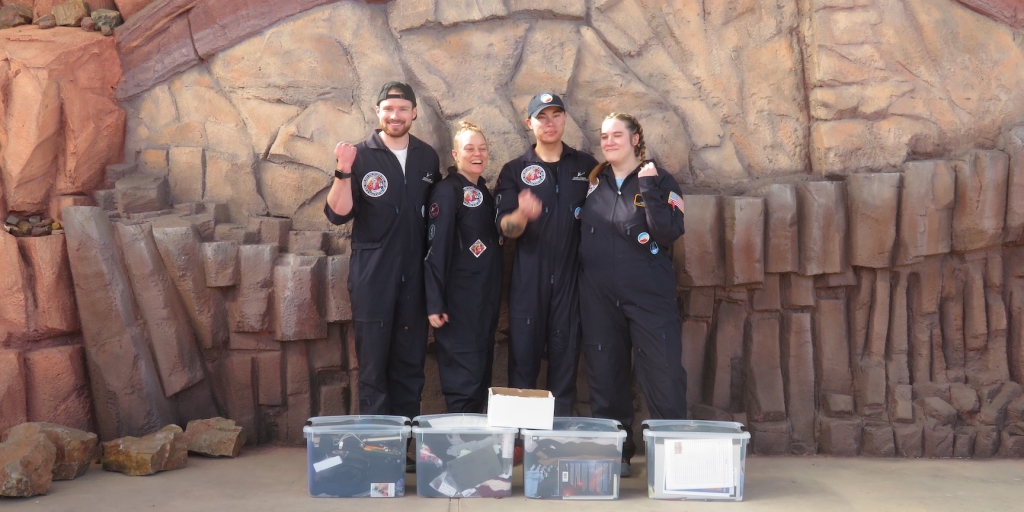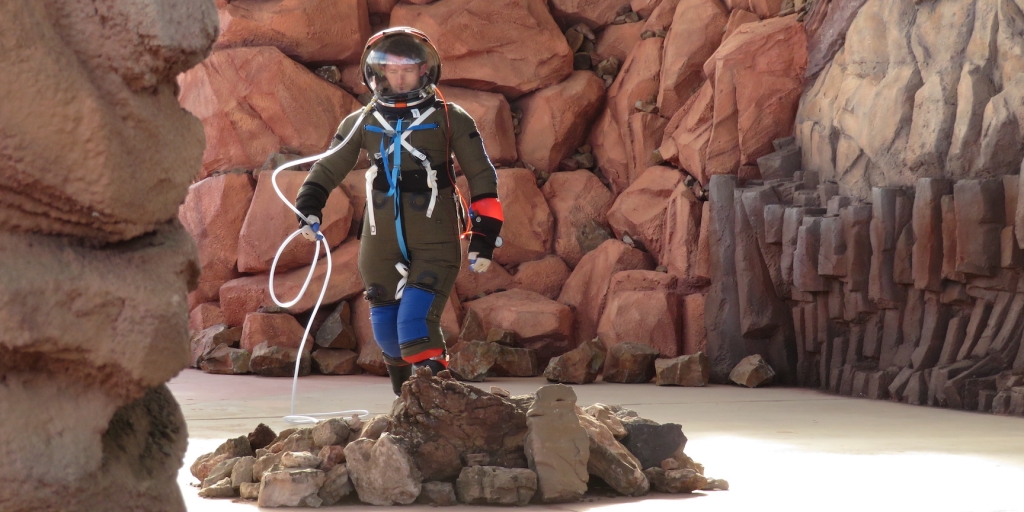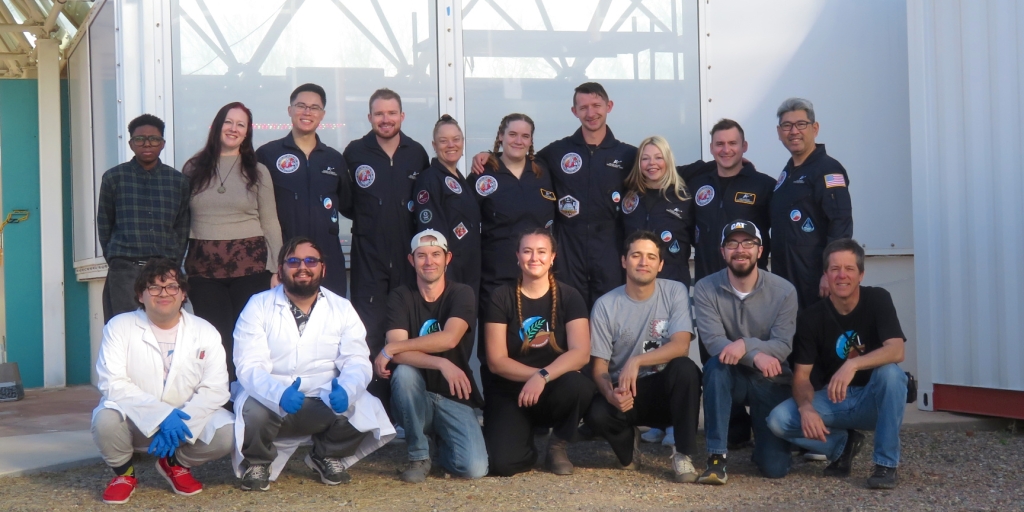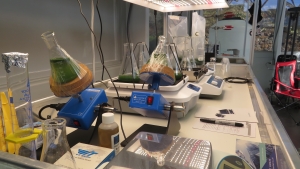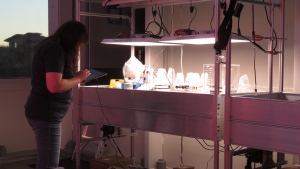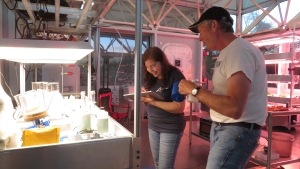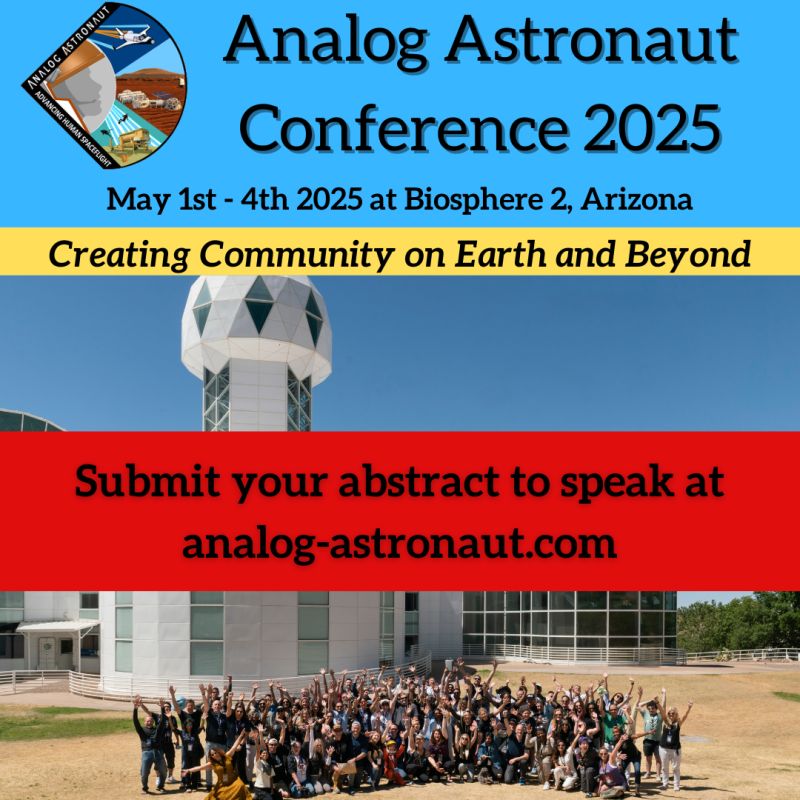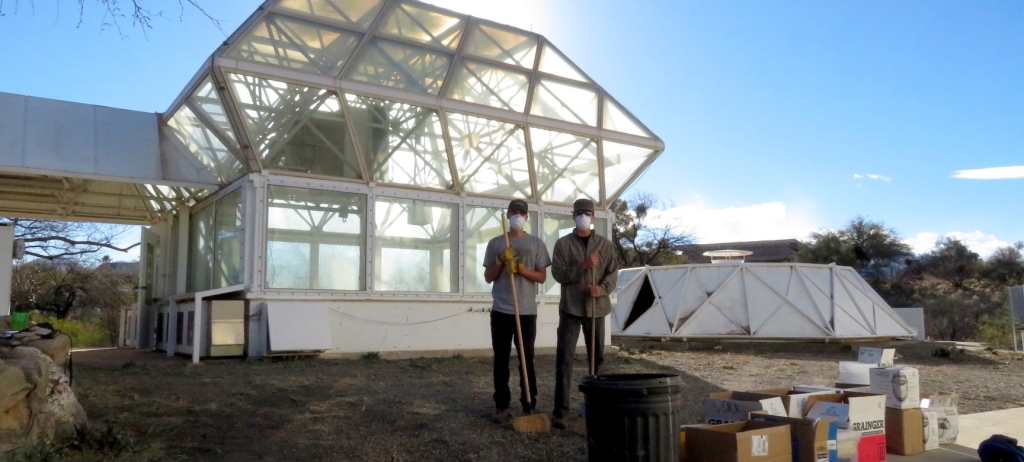USSF Guardian advances space agriculture research in NASA study

March 3, 2025
by Staff Sgt. Jaime Sanchez
Space Base Delta 1
SCHRIEVER SPACE FORCE BASE, Colo. — In an ongoing NASA study set in the backdrop of Arizona, U.S. Space Force Spc. 4 William Wallace, 4th Space Operations Squadron payload engineer, was invited to further continue the science community’s understanding of extraterrestrial agriculture.


